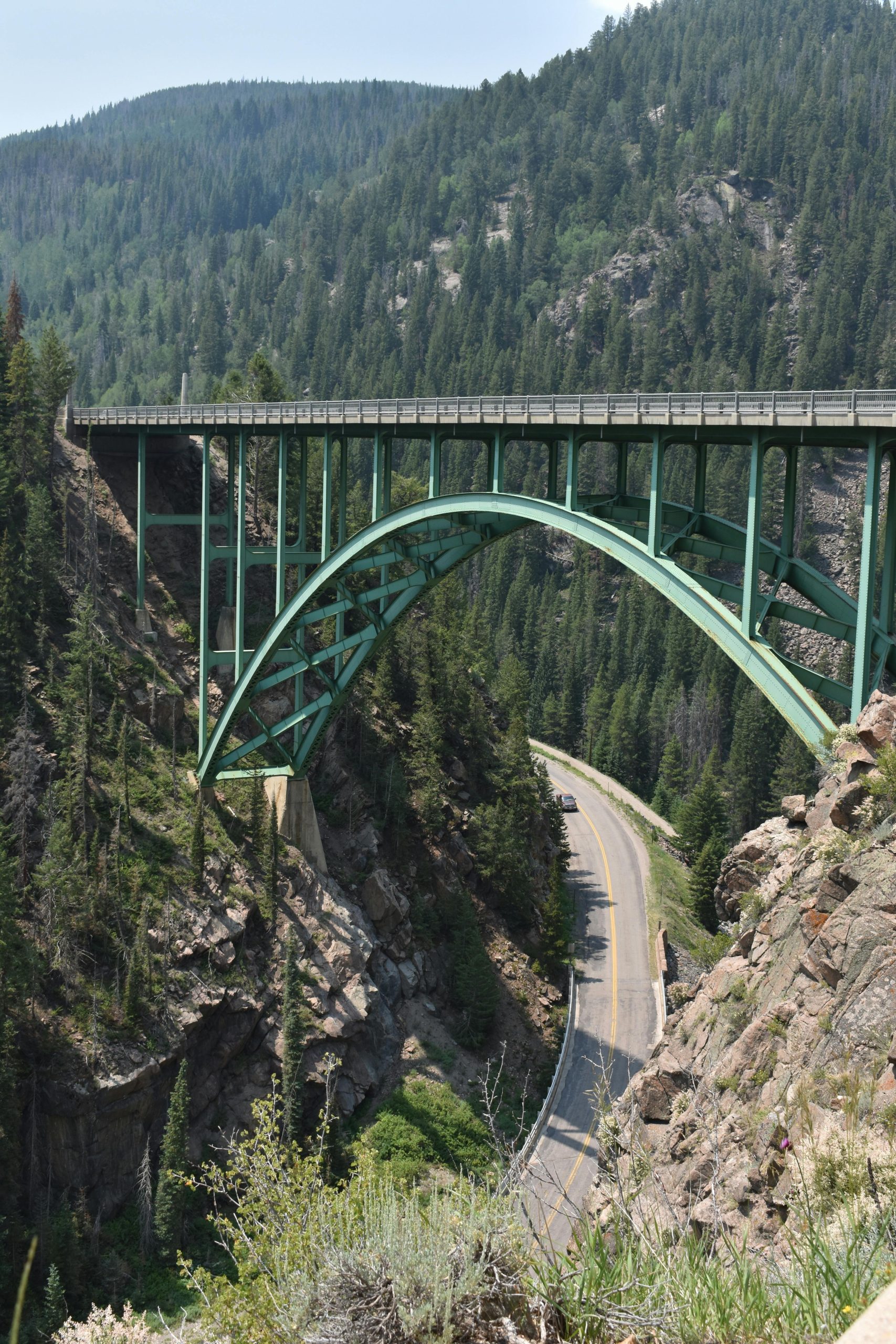Southwark in the 1930s; Frith Street during the 1950s; Tower Beach in 1952.
Historical Snapshots: Southwark in the 1930s, Frith Street in the 1950s, and Tower Beach in 1952


Searching the Nations Capital

Southwark in the 1930s; Frith Street during the 1950s; Tower Beach in 1952.
It sounds like you’re referencing some significant historical locations and times in Southwark and beyond. The 1930s and 1950s were pivotal decades in London, each with its own unique cultural and social changes. Southwark has a rich history, with its transformation reflecting broader events in London.
Is there a particular aspect of these locations or time periods you’d like to discuss? Perhaps the architecture, the community, or the events that shaped them? I’d love to hear more about your thoughts!
This post beautifully highlights the evolution of these iconic locations over the decades. It’s fascinating to think about the socio-cultural shifts that influenced these areas from the bustling streets of Southwark in the 1930s, a time marked by economic challenges and community resilience, to the vibrant atmosphere of Frith Street in the 1950s, which reflected post-war recovery and the burgeoning youth culture. Tower Beach in 1952, as a coastal escape, also tells us about the growing importance of leisure in urban life. Each location carries a unique story that mirrors the broader historical context of its time. It would be interesting to explore how urban development and societal changes in Southwark and surrounding areas have shaped their current identities. Are there any remnants of the past that can still be seen today? Thank you for sharing this glimpse into history; it opens up so many avenues for discussion!
Reflecting on London’s Evolving Character
As a long-time resident of London, it’s fascinating to see how different areas have transformed over the decades. Southwark, Frith Street, and Tower Beach each have their unique stories that reflect broader changes in the city. Here are a few thoughts on these iconic locations:
It’s inspiring to look back at these moments in time and consider how they shape our present. As we continue to preserve our history while embracing change, I